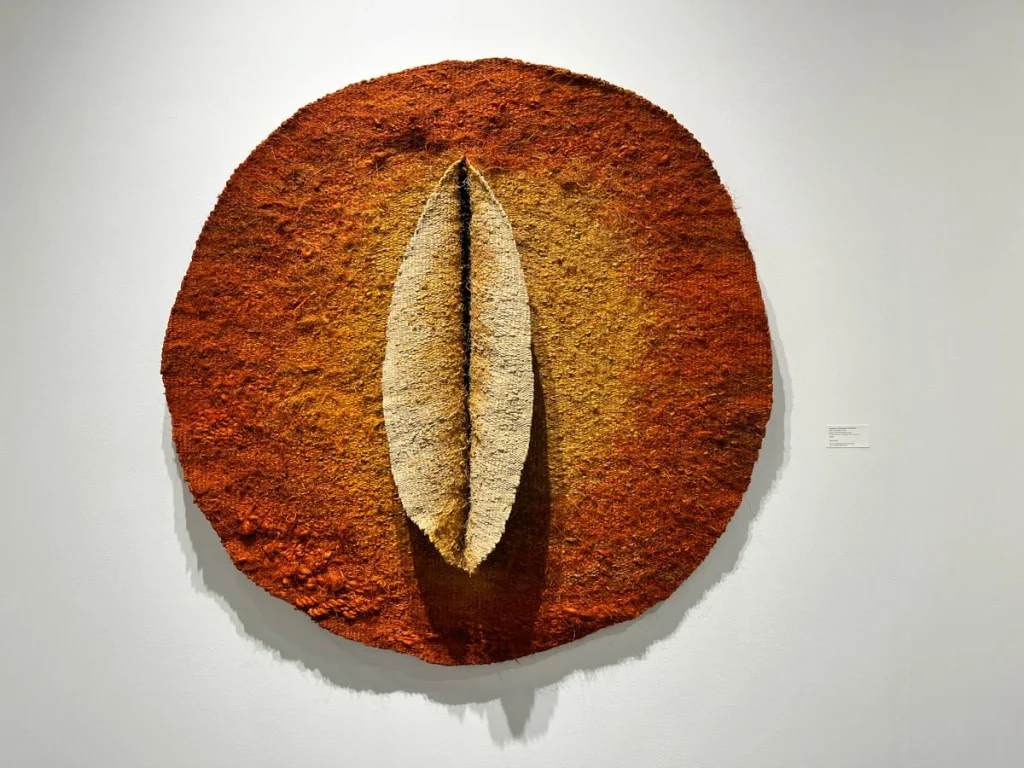Pratiksha Shome
Yesterday was the artist Magdalena Abakanowicz‘s 93rd birthday. Google sent the artist a “doodle” in honour of her birthday, an image that appears in the search browser’s place of the company’s name. Several of Abakanowicz’s well-known pieces are included in the picture, including pieces from her bigger series like “Abakans” (1970–78) and “Agora” (2006). In 2016, the artist passed away. War shaped Abakanowicz’s early years as she grew up in an aristocratic Polish-Russian household. When she was nine years old, Nazi forces had already invaded Poland; by fourteen, she was working as a nurse’s aide at a hospital in Warsaw. She enrolled in art school after the war, moving about until she finally attended the Warsaw Academy of Fine Arts, which was then strictly governed by the Communist party. Other forms of art beyond socialist realism were prohibited, and craft and design were given priority. Classes in weaving and fibre design, which would eventually be crucial components of Abakanowicz’s work, were required of her.
After she earned her degree in 1954, the limits on art started to loosen, giving Abakanowicz the ability to experiment with fashions outside of the university. Before concentrating on textile arts, she experimented with painting, but her big break came in the middle of the 1960s when she unveiled her “Abakans” series, named after her last name. The pieces are enormous woven sheets constructed from a range of materials, including hemp, sisal, and horsehair that were salvaged from tough, seagoing ropes. She suspended enormous, asymmetrical shapes from the ceiling, giving them a three-dimensional, full-bodied appearance. She became a global celebrity after her initial rendition of “Abakans” took home the top honour at the 1965 So Paulo International Art Biennale. Abakanowicz started a series after “Abakans” that was motivated by her aversion to throngs of people and how they suffocate uniqueness. However, instead of focusing on instilling each piece with enough uniqueness to outlast any audience, works emphasize singularity.
Source: ARTnews





